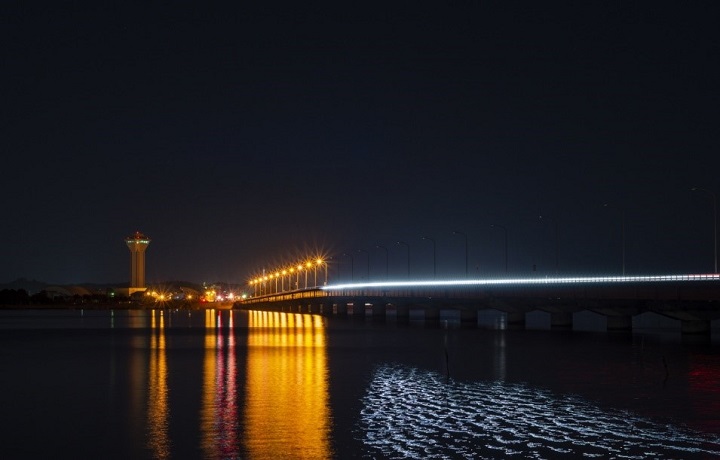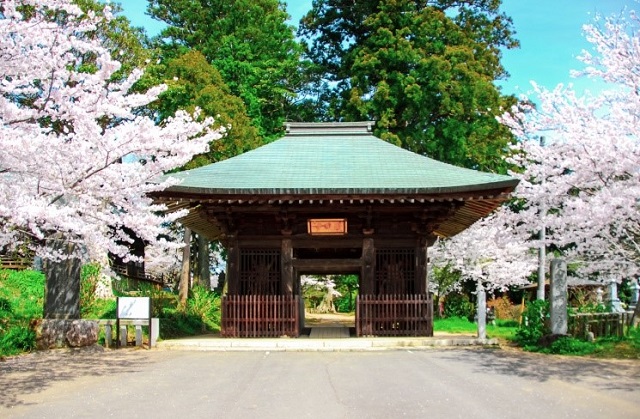"Food Loss Prevention Vending Machine" installed in Tamatsukuri building of Namegata City Hall, Ibaraki
Sep 14, 2021
Based on the Comprehensive Collaboration Agreement signed between Coca-Cola Bottlers Japan Inc. and Namegata City on Sept. 11, 2020, a Food Loss Prevention Vending Machine was installed in Tamatsukuri building of Namegata City Hall on Aug. 16, 2021. On Food Loss Prevention Vending Machines, products that have become surplus stocks are sold at less than the usual price, along with regular products. This action aims at reducing food loss, one of the 17 SDGs goals (12. Responsible Consumption and Production), and endorses the NO-FOODLOSS PROJECT, led by the Ministry of Agriculture, Forestry and Fisheries. *For details, see here. ■"MOTTAINAI for food, once again" Kasumigaura Bridge at night Namegata City is listed in "Hitachikuni Fudoki," a local magazine that is said to have been compiled in 713 at the beginning of the Nara period and produced in 721. Regions still remain in the city that are indicated in the magazine. The city is home to the Sairenji Temple, which was reportedly built in 782. The Sanmon (Niomon gate) and the Sorinto Pillar are designated as the country’s important cultural assets. During the autumn foliage season, two large Ginkgo trees, a 1000-year-old natural monument designated by the prefecture, turns the entire site into a beautiful golden color that is worth seeing. Sairenji Temple Sweet potato field 

.jpg)
See here for news releases on the signing of a Comprehensive Collaboration Agreement Prompted by the Olympics with Namegata City, Ibaraki.
Products in surplus stock are no different from regular products aside from the shorter expiration date (approx. 2 months), and we hope that selling Food Loss Prevention Products at lower prices will increase shoppers’ opportunities to purchase our products and trigger an improvement in shopper food loss awareness.
CCBJI will continue to collaborate with Namegata City in various areas including the revitalization of the community and contribute to the creation of a sustainable society.
<Introducing Namegata City, Ibaraki Prefecture>
Namegata City, where the "Food Loss Prevention Vending Machine" was installed, is full of nature and sits between two large lakes – Kitaura to the east and Kasumigaura to the west – in the southeastern part of Ibaraki Prefecture. 1015-meter Kasumigaura Bridge is a popular driving destination on Lake Kasumigaura, the second largest lake in Japan, and is the only bridge connecting Namegata City and Kasumigaura City.


In addition, Ibaraki Prefecture has the highest agricultural output of sweet potatoes, and Namegata City is one of the main regions in the prefecture that produce them. In 2015, Japan's first interactive agricultural theme park for sweet potatoes opened in the city.
(From the Ibaraki Prefectural website: https://www.pref.ibaraki.jp/bugai/koho/kenmin/syun/201030.html)


